How to Teach Kinders to Segment and Blend Using Hand Motions
Use simple hand motions and a basic office supply tool to help teach kindergarteners how to sound out words. You’ll be surprised just how well they learn to both segment and blend sounds on their own with practice.
When it comes to growing readers and writers, and growing up writers who will attempt to sound out words… without you right next to them, sometimes we face a challenge.
Related: Teaching Kids How to Sound Out Words Without You
Here is a set of hand motions and a simple tool to help you face that challenge head on and make your kinders more successful at sounding words out.
This will help in both reading and writing.
Let me share why I use hand motions, teach you the simple hand motions for sounding out words independently and then explain how you can maximize this same concept for teaching higher readers.
Why hand motions?
I use hand motions often when teaching. It not only helps keep my kinders engaged but I use them to help five-year-olds recall which skill I am asking them to practice.
Hand motions are a great way for students to feel what you’re asking them to do with letter sounds and sounds in words – when it’s all normally just an auditory thing.
They are much more likely to remember what to do when their hands are involved and more likely to be successful at doing it on their own since it’s not just relying on their auditory skills.
I’ve also used hand motions successfully to teach rhyming.
Hand motions
In order for students to learn how to sound out words by themselves (in reading or writing) they need to be able to segment – or separate – letter sounds (sometimes letter bits or chunks) in words.
Students need to:
- feel the word
- feel the word being stretched out
- and then feel the word being put back together again
I’ll show you in a video below but let me also explain the steps to you.
Make a hand motion – like praying hands – to represent the word.
Then for each phoneme we hear in the word, move your hands out away from each other.
Since learning to segment words is very closely connected to blending words, after you’ve separated each sound in the word, blend the word back together. You’re connecting how the word can be both pulled apart and put back together orally.
When ready to blend the sounds back together, then your hands clap.
So essentially – the hand motions are – out (in stages) and back in.
Simple, yet very functional. Don’t underestimate how much using their hands can help early readers when practicing this aloud.
Use a tool to help practice
Using hand motions will establish what skill you’re working on and help some students catch on quicker (as opposed to just practicing orally or with letter manipulatives).
You can make it so that students can actually feel the word being stretched.
It takes a simple tool that I can guarantee you’ve already got in your classroom. And when you use it and allow your students to use it too, you amplify their ability to be successful with both the hand motions and the skill.
Video not showing? Click here.
Ta daah!
Yes, it is just a rubber band.
But they think it’s totally cool because this is a tool they can have and keep in their tool box.
Why?
Because… “You just may need to sound out or put words together when I’m not with you. This tool will help you do it.” {Insert kinder smiles}
There you go.
That is how I just empowered each of my kinders to try, practice, improve and grow on their own.
And for the one who wants to call me over every day to help them sound words out… “Well, you really don’t need me anymore. You’ve got the rubber band to help you.”
I’ve always got a rubber band lying around which makes it super easy to grab whenever needed during our reading groups.
Plus, I can wear one like a bracelet so I can use it while conferencing with students during our author writing time.
It works so well for both reading and writing!
How to use this for higher readers
With students who already segment words and blend sounds independently aloud, I can still use these hand motions and the rubber band as a teaching tool.
I use it to teach the value behind the reading strategy: say the bits you know.
I want my students to understand – now that they are reading longer and more complex words – that they can sound out words smarter than just saying each individual sound. I want them to look for little bits, parts, or chunks they know in a larger word and use those “bits” to more quickly and successfully figure out the word they are trying to read.
Some teachers also call this strategy “chunk that word.”
Using these same hand motions as I described above, I model how tough (and ridiculous) segmenting a 7-10 letter word can be from the books they are reading during reading groups.
First, I frustratingly try to blend a word that is just too long to remember the phoneme sequence. Plus stretching the rubber band away in seven steps really shows my point.
For example – sounding out the word SHOUTED – all in single sounds – is ridiculous.
s-h-o-u-t-e-d
super hard and really ridiculous
They enjoy watching me squirm as I do this because it’s literally so hard to do – for any seasoned reader. And of course, you end up with nothing that sounds like “shouted.”
I use this as a teaching point and discussion to model using segmenting and blending bits we know – especially blends, digraphs and vowel patterns – to our advantage.
Blending the word SHOUTED to continue the example, is much easier when it’s segmented as SH-OU-T-ED or even SH-OUT-ED.
sh-ou-t-ed
sh-out-ed
easier to manage
Three to four bits are definitely easier to manage than seven! And when they see me stretch the rubber band in fewer motions it hits the point home.
Just keep in mind that each student will have their own set of “bits” that they can pick out and use when learning to read. Most often this includes sight words (or parts of sight words), family names, blends, digraphs, and common vowel patterns.
Let’s wrap it up
As with anything we do, we practice this skill as a whole class and set expectations for using these rubber bands. That way they don’t go shooting across the classroom – I know you were thinking it!
Hopefully, these motions and the use of a rubber band can help your kinders practice Common Core Standards sucessfully:
- K.RF.2.e-1. Blend at least three phonemes together to state one-syllable words.
- K.RF.2.e-2. Segment one-syllable (3 phonemes) words into phonemes.
And I absolutely hope you catch a kinder (out of the corner of your eye) repeating these motions on their own as you see them practicing what you teach.
That is what it’s all about.
If you like what I do here on KindergartenWorks, then be sure to subscribe today. I look forward to sharing ideas with you weekly.

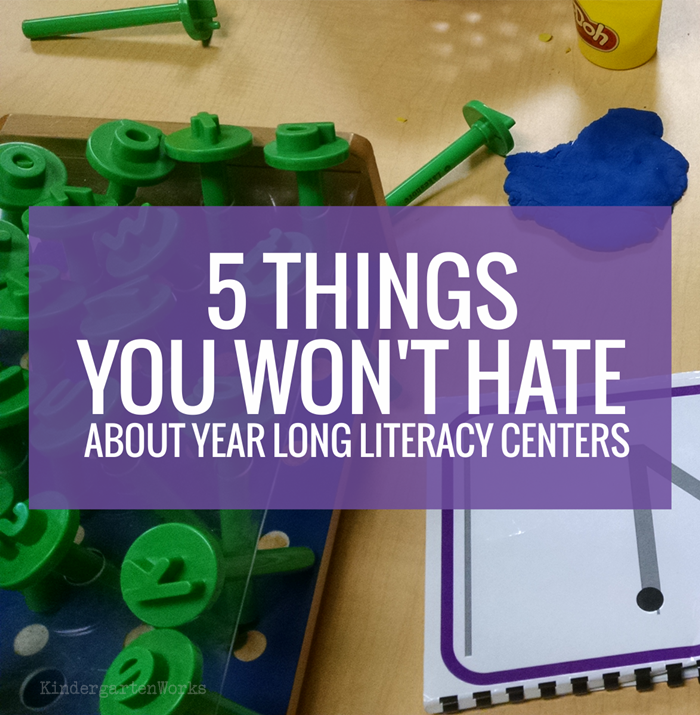
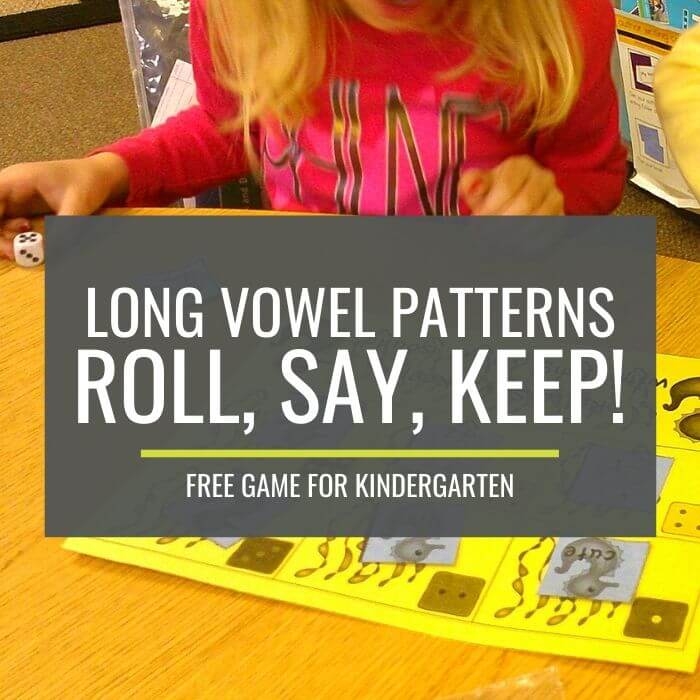
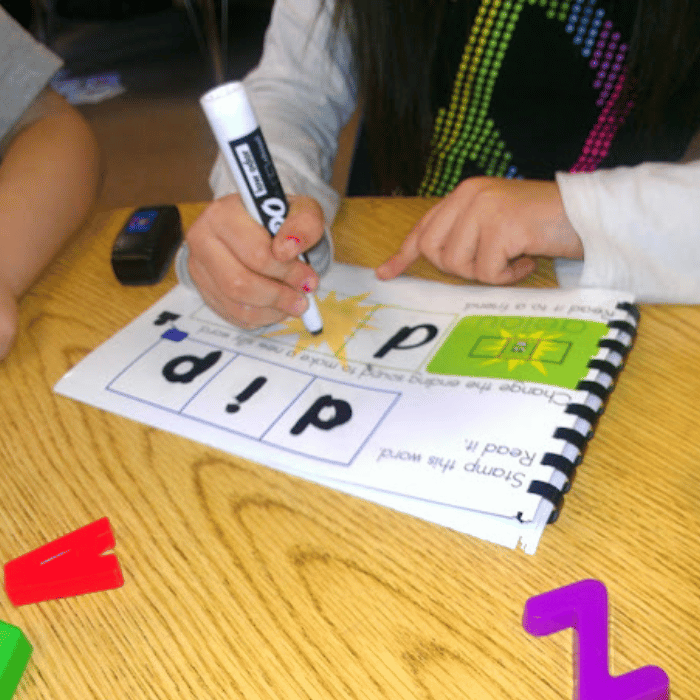
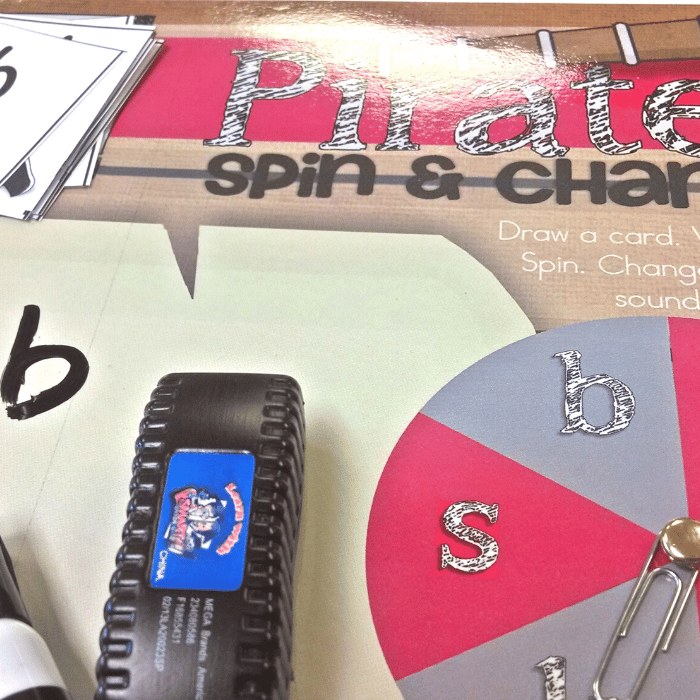
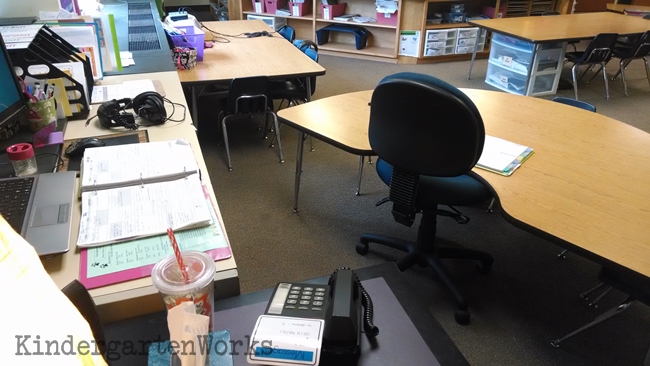
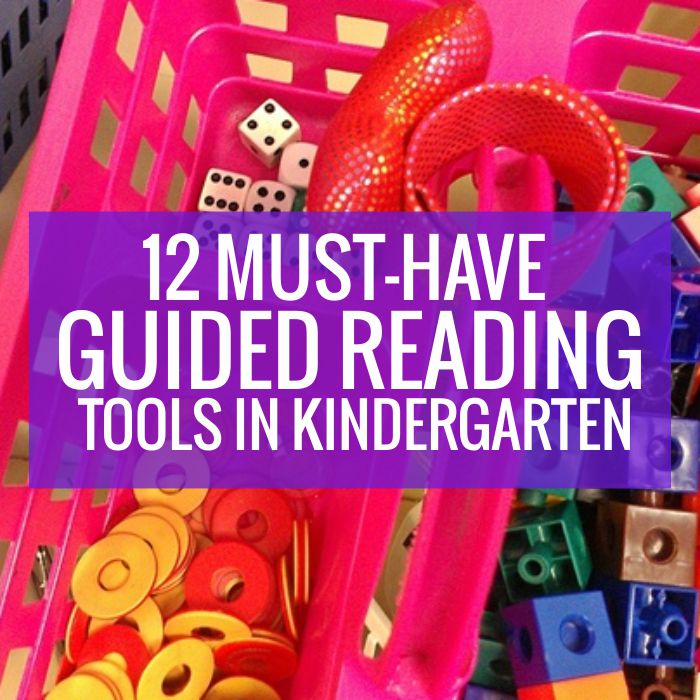
Leslie, I’ve been following you for years. How did I not know you had all of this knowledge and helpful tools and tips on here? I’ve been exploring your blog and pinning like crazy! Thank you so much! I am a veteran teacher who is trying to work smarter, not harder these days. Keep up the wonderful work! I have purchased a bunch of your items today on TpT as well.
Thanks Penny -wonderful to have you here!
Love this! I have some kids in Title 1 Reading that would benefit from this. Love your site and resources. Thank you soooooooo much!!!
You’re welcome – I hope it can help!
Thanks,
Leslie
KindergartenWorks
I’ve used tapping the arm as you move your hand down but I like this one also!
Brilliant!
Just shared to FB; thanks for the tip! I feel like we need to continually present new methods, tips, and tools because all students learn differently; you never know which approach will work best for them. Thank you for sharing! Love it.
Thanks for sharing Shelley! You are telling the truth that many different approaches will help them all learn!
– Leslie
I’m going to use the rubber bands in small groups next week. Thanks for the tip. We also use putting up one fingure at a time for each sound we hear. It works great but I was in need of something different.
Angie K
Making The Basics Fun
Thanks for stopping by Angie! I definitely like to use fingers too, but try to use them mainly when counting syllables 😉 Hope it can help next week! – Leslie
Great tip as always. I hope to share this suggestion with my students and their parents soon!
Thanks! Hope it can be helpful to each of them that give it a whirl!
– Leslie